The Sinking City is the newest game from developer Frogwares and publisher Bigben Interactive. It combines sleuthing and investigations from Frogwares’ previous Sherlock Holmes games with H. P. Lovecraft’s Cthulhu Mythos. It’s downright atmospheric and disturbing at times. No, really? Yes, R’lyeh. However, as we’ll describe more in this technical review, there are some optimization mishaps and bugs that can ruin the fun. Before we continue with this technical review, let’s go ahead and check out The Sinking City’s system requirements from the Epic Games store page.
Note: We also have our official review which you can check out right here.
System Requirements
Minimum
- OS: Windows 10 64-bit
- CPU: Intel Core i5-2500 3.3 GHz / AMD FX-8300 3.3 GHz
- Graphics: NVIDIA GeForce 770 GTX 4096 MB / ATI R9 380X 4096 MB or higher
- Memory: 8GB RAM
- DirectX: Version 11
- Storage: 40 GB
Recommended
- OS: Windows 10 64-bit
- CPU: Intel Core i7-3770 @ 3.5 GHz / AMD FX-8350 @ 4.0 GHz, Ryzen 5 – 1400 or better
- Graphics: NVIDIA GeForce GTX 970 (4GB VRAM with Shader Model 5.0) / AMD Radeon R9 290 or better
- Memory: 8GB RAM
- DirectX: Version 11
- Storage: 40 GB
Author’s
- OS: Windows 10 64-bit
- Processor: Intel Core i7-7700K @ 4.2 GHz
- Memory: 16 GB
- Graphics: Nvidia GeForce GTX 1070 Ti
- DirectX: Version 12
Although The Sinking City is an AA game from a smaller studio, the requirements can be a bit hefty. At least it’s not as demanding as Fade to Silence’s requirements. When I booted up the game for the first time, my graphics options were automatically set.
Graphics Settings
The Sinking City has a scant few graphics options, but you can tweak them accordingly to suit your needs and find the right balance between quality and performance. There are five types — low, medium, high, epic, and ultra. In my case, I switched all my graphics options to ultra since I was well above the recommended specs anyway. The decision not to include a means of changing the depth of field might be understandable given that the game’s Sanity Effects system can really mess it up.
If you do encounter some problems, resolution quality, textures, anti-aliasing, and post-processing might be your usual culprits. Do take note that the lower settings will make the game ugly, and not in a way that would make Cthulhu and the Ancient Ones happy.
Graphics Comparison
For this part, I’ve included two batches of screenshots showing the ultra, medium, and low settings results. For both ultra and medium, I had resolution quality maxed out. For the low settings, I dropped it to 50 percent. As usual, click each image below for a larger view. This first batch would be for interiors:
The next batch is for exteriors:
Keeping things at ultra will provide you with superb visual quality making The Sinking City a lot more atmospheric. Lowering video settings will, unfortunately, make it look as though we’re playing 2005’s Call of Cthulhu: Dark Corners of the Earth.
Gameplay Settings – HUD-less Experience
Speaking of Call of Cthulhu: Dark Corners of the Earth, that game based on Lovecraft’s The Shadow Over Innsmouth was unique for its time. It didn’t have your usual health bars found in action or FPS games. Instead, it had no HUD and you had to use visual cues to determine your health. You even had to count the number of bullets you have after firing.
You can experience something similar in The Sinking City. As you can see from the gameplay options above, you can tweak multiple HUD elements from your crosshair to investigation icons. You can disable all of these (especially the compass and status HUD), making sure not to pin a quest on your map panel, to get that old-school feel.
Here’s what The Sinking City looks like with some HUD elements enabled:
Here’s what The Sinking City looks like when HUD elements are disabled, quite cinematic, mind you:
Control Settings
You can change your keybindings the way you’d want:
You can also use a gamepad, although you won’t be able to change your controller preset:
Whenever I play third-person adventure games, I like using my gamepad. The item wheel system in the game is also helpful and intuitive. But, when shooting wylebeasts often, I found the aiming quite janky.
The cool thing in The Sinking City is that both control schemes can be active at the same time. That meant there were certain action-filled moments when I was moving using the left analog stick of my gamepad and I was aiming and firing using the mouse. I call it the best of both worlds.
Audio Settings
You only have a handful of audio settings in the game. I suggest you turn up the master and ambient volume settings. The latter will help immerse you in your surroundings or when creepy Sanity Effects kick in.
Difficulty Settings And How To Play
The Sinking City also has difficulty settings that you can toggle. For the Investigation setting, lowering it will let the game hold your hand at times when you’re looking for clues. For the Combat setting, it’ll determine how much damage enemies can deal and how much they can take. At lower settings, most wylebeasts will die easily with one shot. For the purposes of our official review and subsequent guides, I completed the game using the default settings (Detective and Normal respectively).
There’s also a manual of sorts detailing how to play the game. It’d explain the various mechanics and features of The Sinking City. We’ll have some guides shortly as well that will cover these mechanics, as well as a complete walkthrough of the main quest objectives.
Epic Launcher And Technical Review Issues
Many single-player games from the Epic Games Store can be opened directly using their file executable. There’s no need to open the Epic launcher anymore after installing the game. Unfortunately, while reviewing The Sinking City, the copy I was given automatically opened the launcher as well. I’m hoping that the release version of the game ends up being allowed to run independently.
Having said the above, the biggest issues in The Sinking City come from a lack of polish and some means of pushing your rig to the limit. Take a look at this screenshot with MSI Afterburner and HWinfo active:
Although the game ran at a consistent 60+ FPS, it just wasn’t pushing my hardware to the limit — not even close. As far as I could tell, no bottlenecks were occurring and all four cores were being utilized. Given the aforementioned system requirements, you’d at least think you can get more out of the game.
At the very least, PC players need not worry too much about major problems such as crashes (I haven’t experienced any). Stuttering and slowdowns were also non-existent. For console players, well, that’s an entirely different matter. Based on some Reddit topics, it seems PS4 and Xbox One owners are experiencing screen-tearing often.
Ancient Ones And Ancient Bugs
Bugs and glitches are also present for any version of The Sinking City, be it for consoles or on PC. These include textures and models that are popping in or disappearing whether they’re NPCs or entire buildings in the distance. This happens at times but they can be quite jarring. Lip-syncing during dialogue sequences will often not match the voice-over.
Enemy AI can be quite incompetent as well. Often, you can just kite enemies and they’d be stuck due to a wall or doorway with their limbs clipping through textures just for kicks. The good news to come out of this though is that there’s an exploit — item farming. Crates and containers will have their contents respawn if you move a distance away from the area or building, if you fast travel, or if you reload a save. A glitch is a glitch, but at least this one helps players.
Overall, The Sinking City provides a decent romp through Oakmont, with frightening moments and chilling atmosphere that will unnerve you thanks to Lovecraftian influences. The downside is that bugs can ruin that immersion. We’ll discuss more in our official review here. Alternatively, you can check out our features and guides hub for more about The Sinking City.

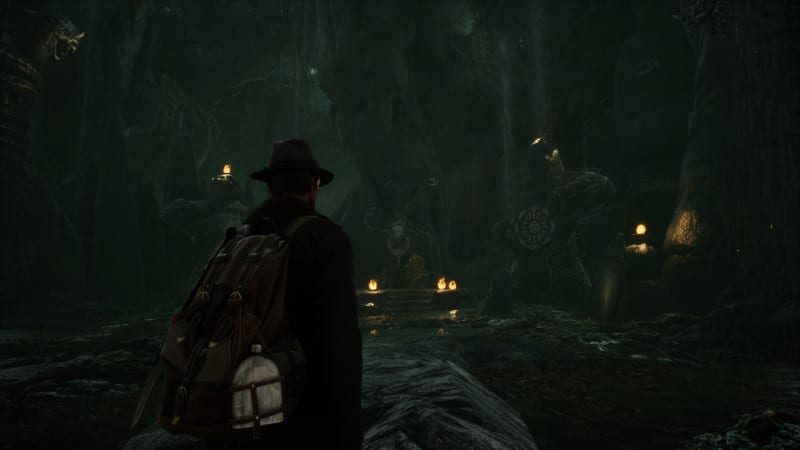

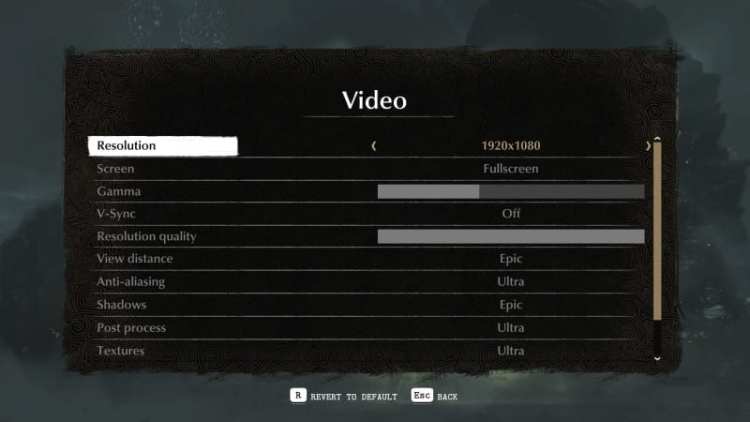
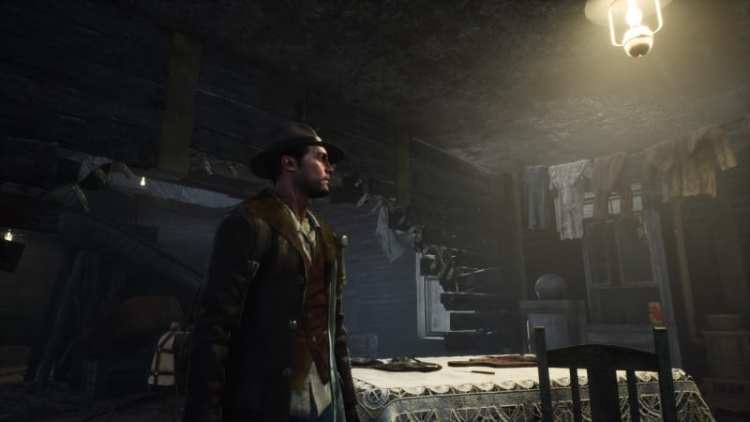
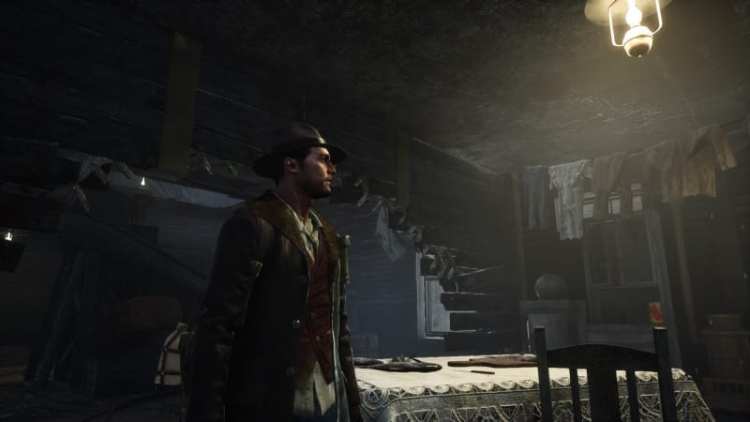
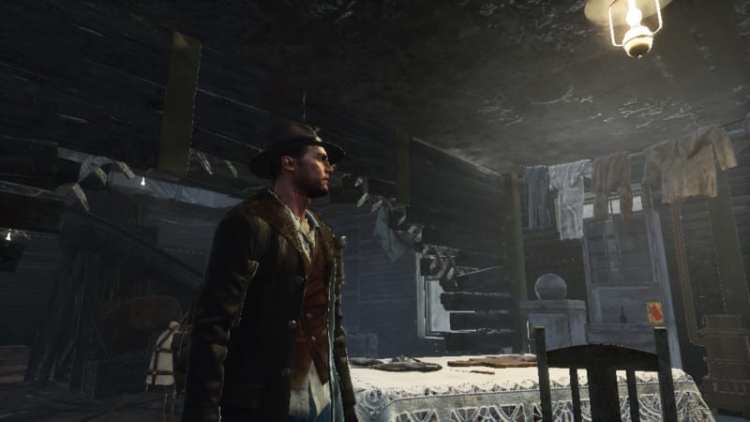
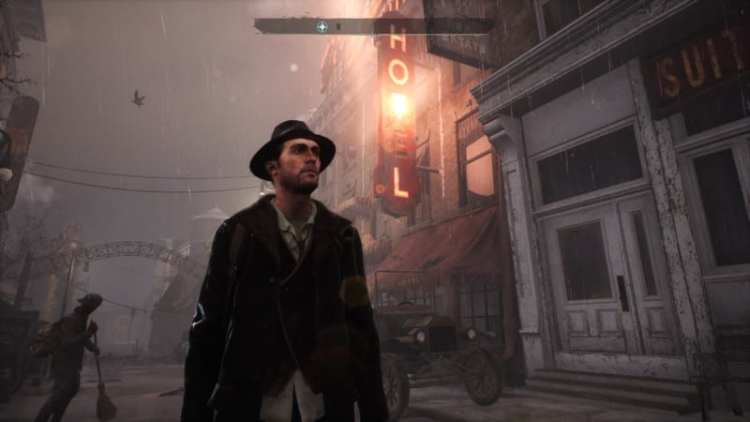

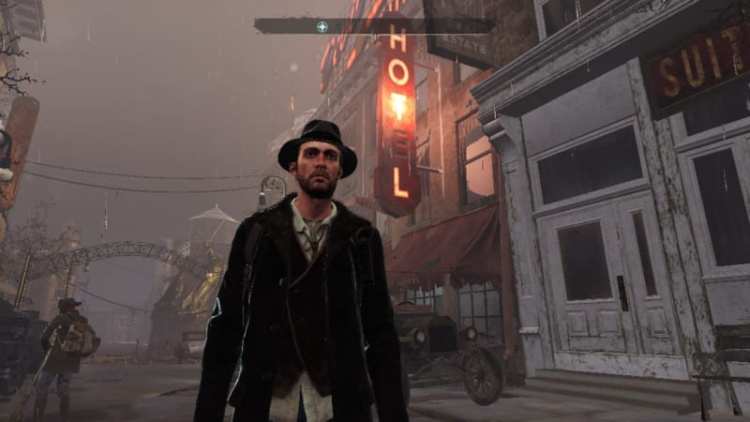








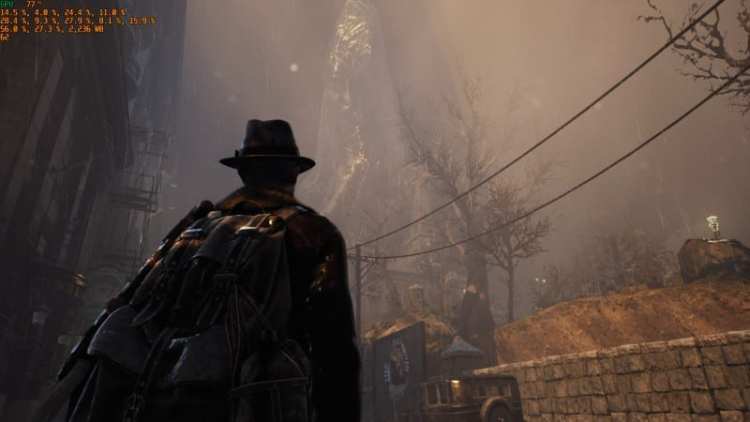






Published: Jun 25, 2019 12:00 pm